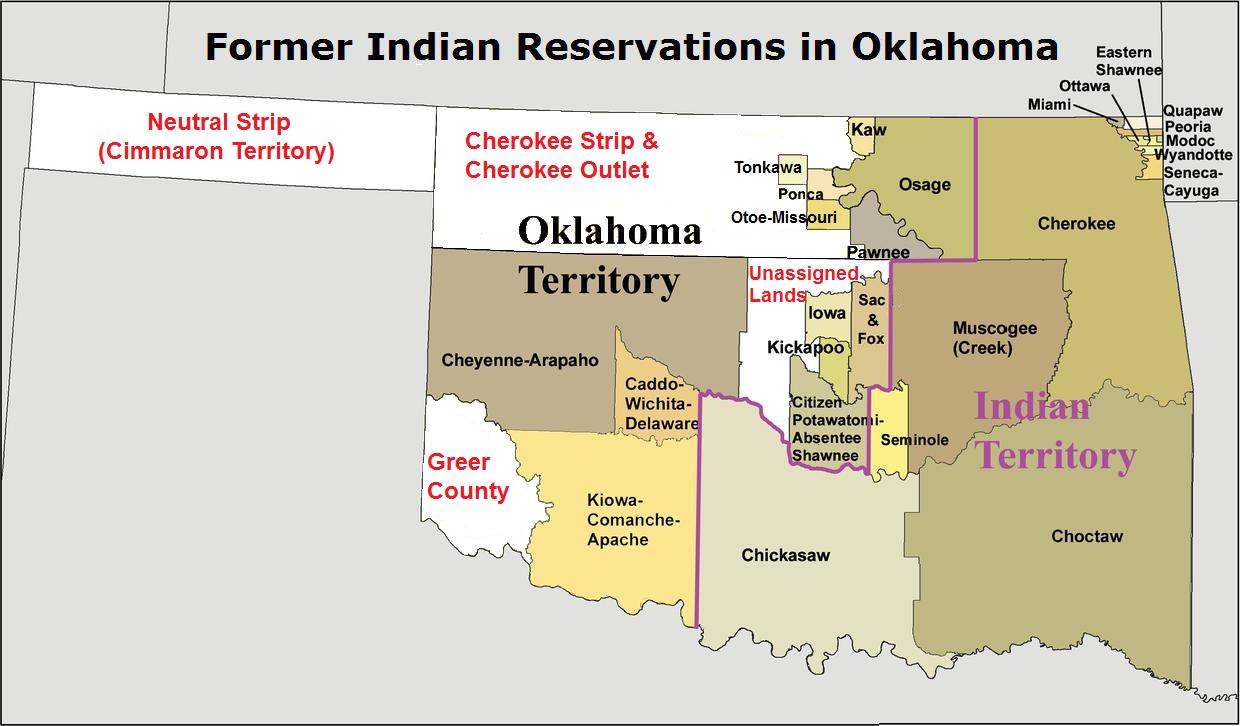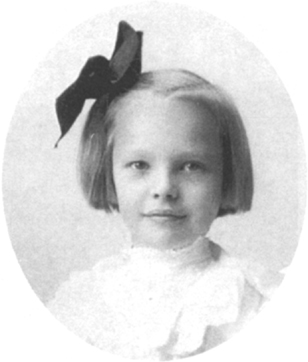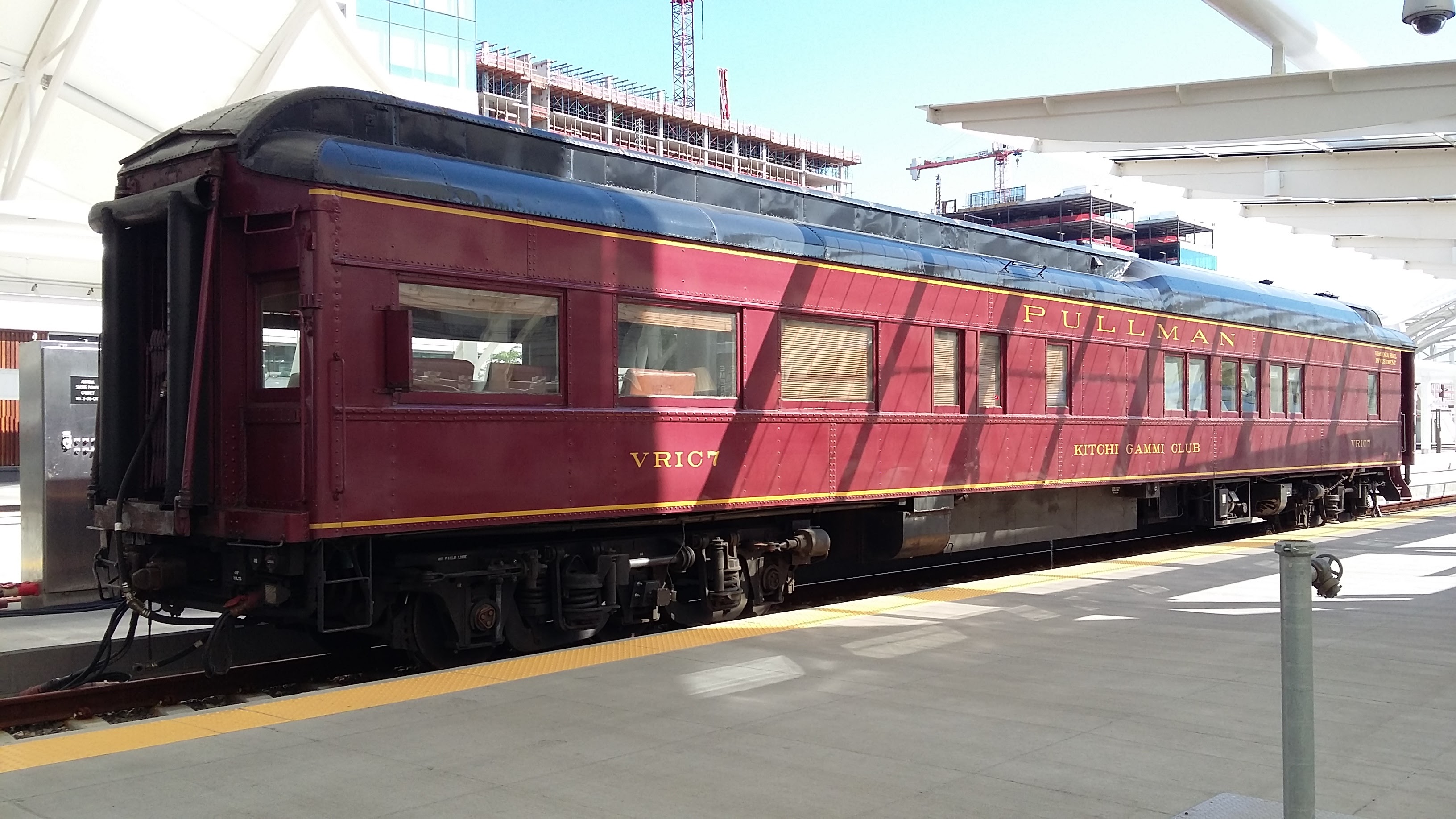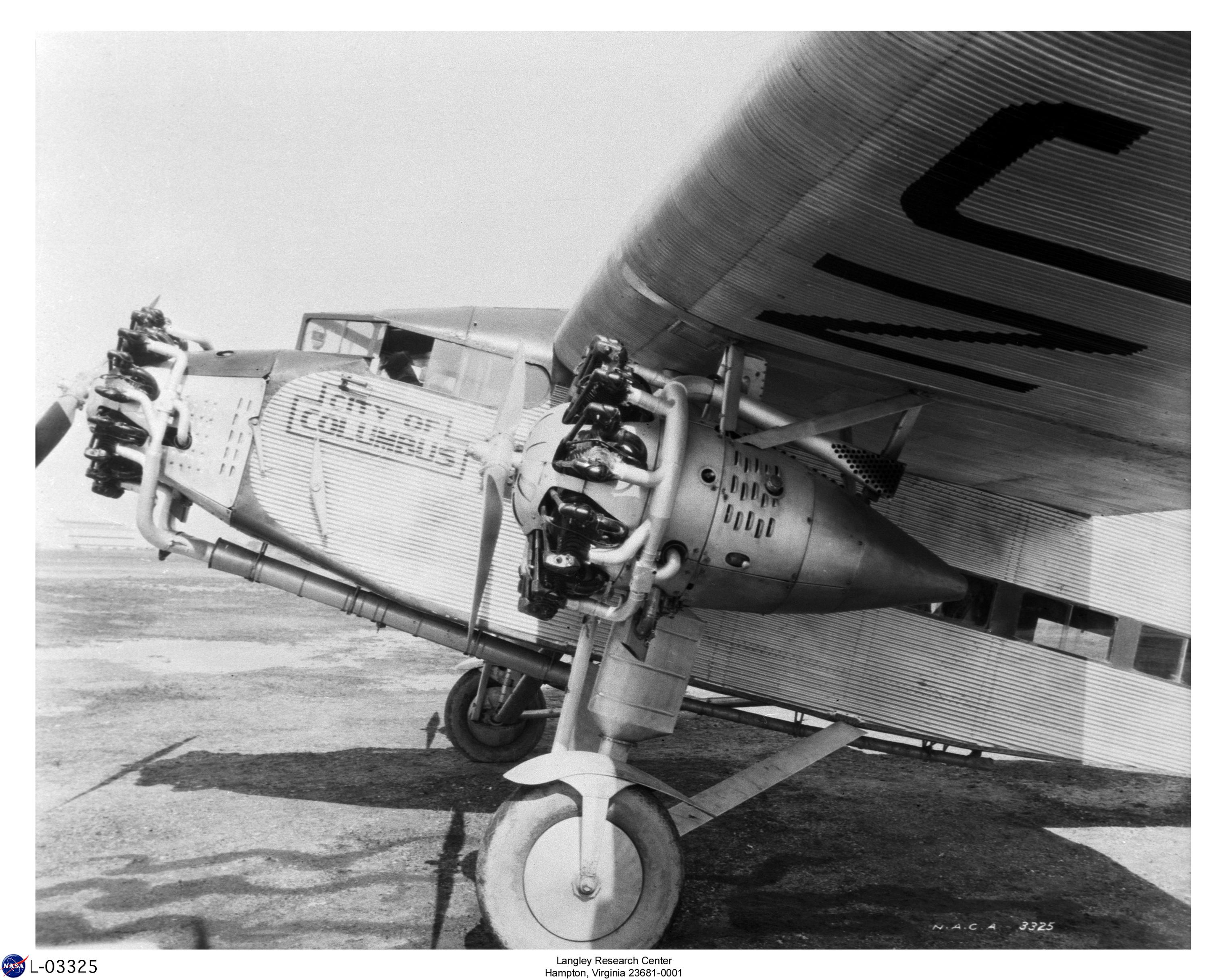|
Waynoka, Oklahoma
Waynoka is a city in Woods County, Oklahoma, United States. It is located on U.S. Highway 281 and State Highway 14, seventy miles west of Enid. The population, which peaked at 2018 in 1950, stood at 927 according to the 2010 census. History Founding years Founded in what was then known as Indian Territory, Waynoka was established in 1887 when the Southern Kansas Railroad, a subsidiary of the Atchison, Topeka and Santa Fe Railway, built a rail line through the area. Shortly thereafter, on April 10, 1888, a post office was established, having the distinction of being the first to be established in the Cherokee Outlet. Its economy was based on the railroad and the large ranches in the area. When the Cherokee Outlet opened up for non-Indian settlement in the land run of September 16, 1893, Waynoka became the area's agricultural trade center. Transportation Center The Santa Fe Railway made the city a major railroad center when it built Oklahoma's largest rail yard in Waynoka. ... [...More Info...] [...Related Items...] OR: [Wikipedia] [Google] [Baidu] |
City
A city is a human settlement of notable size.Goodall, B. (1987) ''The Penguin Dictionary of Human Geography''. London: Penguin.Kuper, A. and Kuper, J., eds (1996) ''The Social Science Encyclopedia''. 2nd edition. London: Routledge. It can be defined as a permanent and densely settled place with administratively defined boundaries whose members work primarily on non-agricultural tasks. Cities generally have extensive systems for housing, transportation, sanitation, utilities, land use, production of goods, and communication. Their density facilitates interaction between people, government organisations and businesses, sometimes benefiting different parties in the process, such as improving efficiency of goods and service distribution. Historically, city-dwellers have been a small proportion of humanity overall, but following two centuries of unprecedented and rapid urbanization, more than half of the world population now lives in cities, which has had profound consequences for g ... [...More Info...] [...Related Items...] OR: [Wikipedia] [Google] [Baidu] |
Cherokee Outlet
The Cherokee Outlet, or Cherokee Strip, was located in what is now the state of Oklahoma in the United States. It was a 60-mile-wide (97 km) parcel of land south of the Oklahoma-Kansas border between 96 and 100°W. The Cherokee Outlet was created in 1836. The United States forced the Cherokee Nation of Indians to cede to the United States all lands east of the Mississippi River in exchange for a reservation and an "outlet" in Indian Territory (later Oklahoma). At the time of its creation, the Cherokee Outlet was about 225 miles (360 km) long. The cities of Enid, Woodward, Ponca City, and Perry were later founded within the boundaries of what had been the Cherokee Outlet. The Cherokee Strip was a two and one-half mile wide piece of land running along the northern border of much of the Cherokee Outlet. It was the result of a surveying error. The whole of the Cherokee Outlet is often called the Cherokee Strip. Creation In 1836, the Treaty of New Echota between t ... [...More Info...] [...Related Items...] OR: [Wikipedia] [Google] [Baidu] |
Amelia Earhart
Amelia Mary Earhart ( , born July 24, 1897; disappeared July 2, 1937; declared dead January 5, 1939) was an American aviation pioneer and writer. Earhart was the first female aviator to fly solo across the Atlantic Ocean. She set many other records, was one of the first aviators to promote commercial air travel, wrote best-selling books about her flying experiences, and was instrumental in the formation of The Ninety-Nines, an organization for female pilots. Born and raised in Atchison, Kansas, and later in Des Moines, Iowa, Earhart developed a passion for adventure at a young age, steadily gaining flying experience from her twenties. In 1928, Earhart became the first female passenger to cross the Atlantic by airplane (accompanying pilot Wilmer Stultz), for which she achieved celebrity status. In 1932, piloting a Lockheed Vega 5B, Earhart made a nonstop solo transatlantic flight, becoming the first woman to achieve such a feat. She received the United States Distinguish ... [...More Info...] [...Related Items...] OR: [Wikipedia] [Google] [Baidu] |
Santa Fe Railroad
The Atchison, Topeka and Santa Fe Railway , often referred to as the Santa Fe or AT&SF, was one of the larger railroads in the United States. The railroad was chartered in February 1859 to serve the cities of Atchison and Topeka, Kansas, and Santa Fe, New Mexico. The railroad reached the Kansas–Colorado border in 1873 and Pueblo, Colorado, in 1876. To create a demand for its services, the railroad set up real estate offices and sold farmland from the land grants that it was awarded by Congress. Despite being chartered to serve the city, the railroad chose to bypass Santa Fe, due to the engineering challenges of the mountainous terrain. Eventually a branch line from Lamy, New Mexico, brought the Santa Fe railroad to its namesake city. The Santa Fe was a pioneer in intermodal freight transport; at various times, it operated an airline, the short-lived Santa Fe Skyway, and the fleet of Santa Fe Railroad Tugboats. Its bus line extended passenger transportation to areas not acce ... [...More Info...] [...Related Items...] OR: [Wikipedia] [Google] [Baidu] |
Pennsylvania Railroad
The Pennsylvania Railroad (reporting mark PRR), legal name The Pennsylvania Railroad Company also known as the "Pennsy", was an American Class I railroad that was established in 1846 and headquartered in Philadelphia, Pennsylvania. It was named for the commonwealth in which it was established. By 1882, Pennsylvania Railroad had become the largest railroad (by traffic and revenue), the largest transportation enterprise, and the largest corporation in the world. Its budget was second only to the U.S. government. Over the years, it acquired, merged with, or owned part of at least 800 other rail lines and companies. At the end of 1926, it operated of rail line;This mileage includes companies independently operated. PRR miles of all tracks, which includes first (or main), second, third, fourth, and sidings, totalled 28,040.49 at the end of 1926. in the 1920s, it carried nearly three times the traffic as other railroads of comparable length, such as the Union Pacific and Atchison, T ... [...More Info...] [...Related Items...] OR: [Wikipedia] [Google] [Baidu] |
Pullman (car Or Coach)
In the United States, Pullman was used to refer to railroad sleeping cars that were built and operated on most U.S. railroads by the Pullman Company (founded by George Pullman) from 1867 to December 31, 1968. Other uses Pullman also refers to railway dining cars in Europe that were operated by the Pullman Company, or lounge cars operated by the Compagnie Internationale des Wagons-Lits. Specifically, in Great Britain, ''Pullman'' refers to the lounge cars operated by the British Pullman Car Company. The nickname ''Pullman coach'' was used in some European cities for the first long (four-axle) electric tramcars whose appearance resembled the Pullman railway cars and that were usually more comfortable than their predecessors. Such coaches ( rus, пульмановский вагон, pul'manovsky vagon) ran in Kyiv from 1907 and in Odessa from 1912. In the 1920s, tramcars nicknamed ''Pullmanwagen'' in German ran in Leipzig, Cologne, Frankfurt and Zürich.Hans Bodmer. ''Das Tram in Z ... [...More Info...] [...Related Items...] OR: [Wikipedia] [Google] [Baidu] |
Ford Trimotor
The Ford Trimotor (also called the "Tri-Motor", and nicknamed the "Tin Goose") is an American three-engined transport aircraft. Production started in 1925 by the companies of Henry Ford and ended on June 7, 1933, after 199 had been made. It was designed for the civil aviation market, but also saw service with military units. Design and development In the early 1920s, Henry Ford, along with a group of 19 other investors including his son Edsel, invested in the Stout Metal Airplane Company. Stout, a bold and imaginative salesman, sent a mimeographed form letter to leading manufacturers, blithely asking for $1,000 and adding: "For your one thousand dollars you will get one definite promise: You will never get your money back." Stout raised $20,000, including $1,000 each from Edsel and Henry Ford. In 1925, Ford bought Stout and its aircraft designs. The single-engined Stout monoplane was turned into a trimotor, the Stout 3-AT with three Curtiss-Wright air-cooled radial engine ... [...More Info...] [...Related Items...] OR: [Wikipedia] [Google] [Baidu] |
Charles Lindbergh
Charles Augustus Lindbergh (February 4, 1902 – August 26, 1974) was an American aviator, military officer, author, inventor, and activist. On May 20–21, 1927, Lindbergh made the first nonstop flight from New York City to Paris, a distance of , flying alone for 33.5 hours. His aircraft, the ''Spirit of St. Louis'', was designed and built by the Ryan Airline Company specifically to compete for the Raymond Orteig#Orteig Prize, Orteig Prize for the first flight between the two cities. Although not the Transatlantic flight of Alcock and Brown, first transatlantic flight, it was the first solo transatlantic flight, the first nonstop transatlantic flight between two major city hubs, and the longest by over . It is known as one of the most consequential flights in history and ushered in a new era of air transportation between parts of the globe. Lindbergh was raised mostly in Little Falls, Minnesota and Washington, D.C., the son of prominent U.S. Congressman from Minnesota, Charles ... [...More Info...] [...Related Items...] OR: [Wikipedia] [Google] [Baidu] |
Transcontinental Air Transport
Transcontinental Air Transport (T-A-T) was an airline founded in 1928 by Clement Melville Keys that merged in 1930 with Western Air Express to form what became TWA. Keys enlisted the help of Charles Lindbergh to design a transcontinental network to get government airmail contracts. Lindbergh established numerous airports across the country in this effort. History On July 7, 1929, transcontinental trips began. It initially offered a 48-hour coast to coast trip (trains by night, and planes by day in nine flights), with the first leg on the Pennsylvania Railroad overnight from New York City to Columbus, Ohio. There, passengers boarded a Ford Trimotor aircraft at what is now John Glenn Columbus International Airport, and flew to Waynoka, Oklahoma. Then, passengers caught the Santa Fe Railway for an overnight trip to Clovis, New Mexico, where they would take a second Ford Trimotor flight to Los Angeles. One-way fare from New York to Los Angeles was $352. Cynics were to deride it ... [...More Info...] [...Related Items...] OR: [Wikipedia] [Google] [Baidu] |
Harper County, Oklahoma
Harper County is a county located in the U.S. state of Oklahoma. As of the 2010 census, the population was 3,685, making it the fourth-least populous county in Oklahoma. The county seat is Buffalo. It was created in 1907 from the northwestern part of Woodward County, and named for Oscar Green Harper, who was clerk of the Oklahoma Constitutional Convention.Richter, Sara Jane and Tom Lewis"Harper County,"''Encyclopedia of Oklahoma History and Culture'', Oklahoma Historical Society, 2009. Accessed April 4, 2015. History During the late 19th century, the area now known as Harper County was part of the Cherokee Outlet, reserved for use by the Cherokee Nation by treaties in 1828 and 1835, The U.S. government opened the outlet for settlement by non-Indians in 1893. The area was divided into counties after the formation of what is now the state of Oklahoma. Harper County was created in 1907. It was named for Oscar Green Harper, who was a local resident, school teacher, and served as ... [...More Info...] [...Related Items...] OR: [Wikipedia] [Google] [Baidu] |
Buffalo, Oklahoma
Buffalo is a town and county seat of Harper County, Oklahoma, United States. The population was 1,299 at the 2010 census. It was named after the Buffalo Creek valley, in which it is located. History In 1907, the town was "staked out" and a post office was established with the name Buffalo, which was derived from nearby ''Buffalo Creek''. In 1908, a county seat election gave the seat to Buffalo and the town was incorporated in the same year.Bamburg, Maxine. "Buffalo," ''Encyclopedia of Oklahoma History and Culture''. Buffalo's founders issued instructions for all buildings to be built of stone, thereby many of those structures survived the test of time. When citizens of [...More Info...] [...Related Items...] OR: [Wikipedia] [Google] [Baidu] |
Buffalo And Northwestern Railroad
The Buffalo and Northwestern Railroad was a railway extending from Waynoka, Oklahoma to Buffalo, Oklahoma, passing through Freedom, Oklahoma. About 52 miles in length, the line was completed in May, 1920 and sold to another railroad in June, 1920. History When citizens of Harper County decided to link their county seat of Buffalo with the railroads, Waynoka was an appealing destination: that locale had been founded in 1888 on the rail line of a subsidiary of the Atchison, Topeka and Santa Fe Railway The Atchison, Topeka and Santa Fe Railway , often referred to as the Santa Fe or AT&SF, was one of the larger railroads in the United States. The railroad was chartered in February 1859 to serve the cities of Atchison, Kansas, Atchison and Top ... (AT&SF), and by 1908 it had the largest railyards in Oklahoma. Accordingly, the Buffalo and Northwestern ''Railway'' Company was incorporated in Oklahoma on April 10, 1916. However, that company was subsequently reorganized, and in ... [...More Info...] [...Related Items...] OR: [Wikipedia] [Google] [Baidu] |








